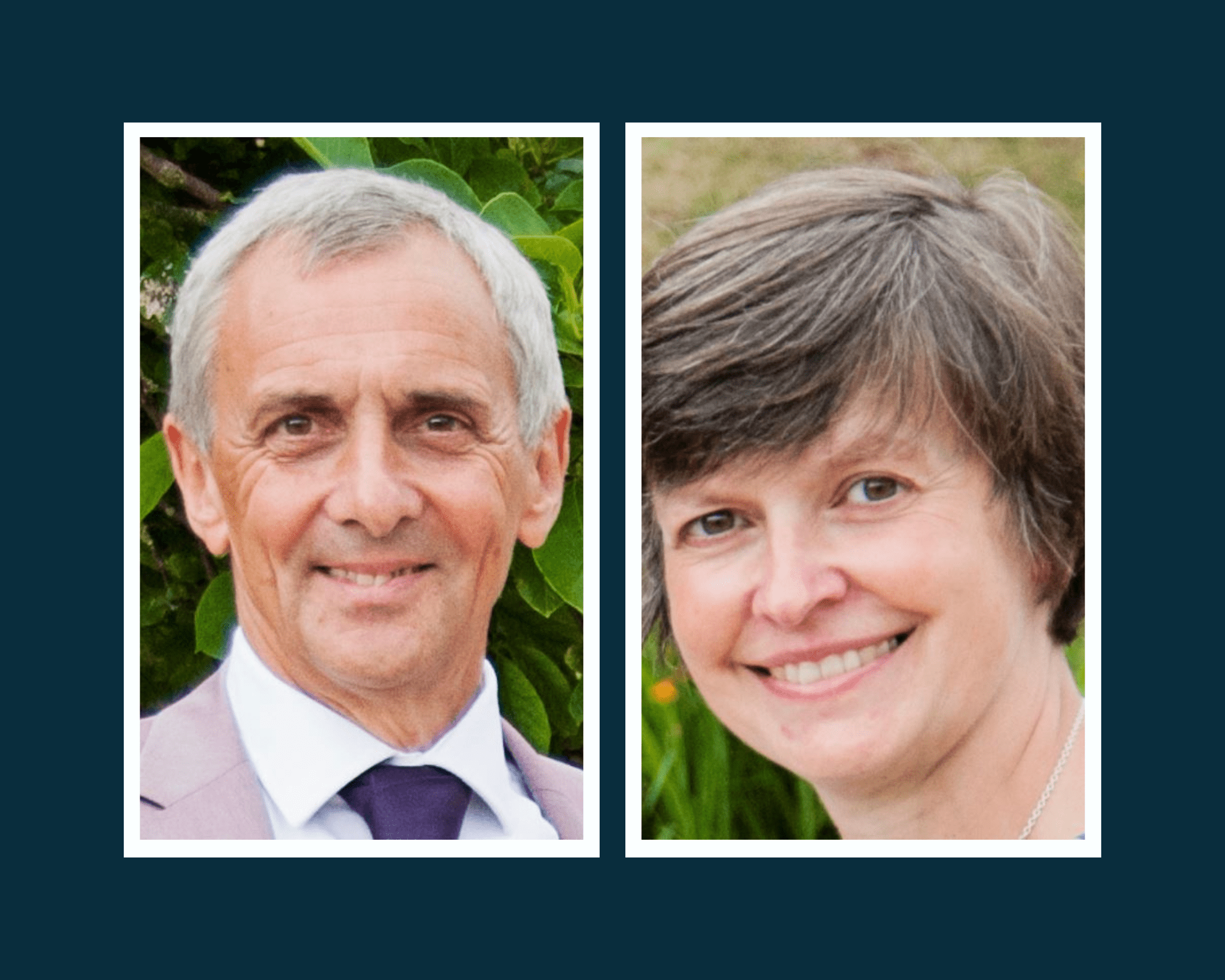Today the Five Case Model is recognised as the HM Treasury gold standard for the development of business cases and is a requirement of central government for schemes wanting public sector funding. Before the Five Case Model was introduced, business case documents lacked consistency or common structure – this made the review process complicated and cumbersome. Joe Flanagan, a HM Treasury reviewer, particularly noted that IT business cases were always very costly, used terms that couldn’t be understood and very often failed to achieve the benefits and targets they promised to deliver. With Treasury support, he developed a template for IT business cases that required a consistent and coherent methodology that could easily be understood by reviewers and approvers. The Five Case Model was born; and after a while it was adopted by virtually all government departments.
The Five Case Model is what it suggests, an approach to developing business cases covering the following cases:
- Strategic – is it needed?
- Economic – is it the best value for money?
- Commercial – is it viable?
- Financial – is it affordable?
- Management – is it achievable?
Every business case must satisfy not one, not two, not three, but all five of those cases to pass the green light.
Efficient decision making
What any business case development model gives you is something which can be applied in a structured and consistent manner. This is where the Five Case Model excels, due to its well organised and homogenous architecture. This is also part of the reason why CHAP adopted and applied it in the New Innovations Programme. As CHAP strives to speak the right language in the realm of public sector funding, the Five Case Model comes in as a proven and routinely employed method.
It has evolved over the years, based on research into why projects fail to deliver. The 2007 Office of Government Commerce report on the common causes of project failure is one such example. At the heart of the Five Case Model is a principle saying, ‘this is a good way of making decisions, and it should be applied proportionately’. That is one of the real attractions of the Five Case Model for CHAP – it’s a flexible and adaptable model, and this is illustrated by CHAP’s journey.
CHAP’s journey
When CHAP developed its first business case using the Five Case Model, we employed all the embedded tools within the ‘formal’ model. One such tool is the ‘options framework’ which helps to achieve one of the key principles of the model: looking at a wide range of options as part of the longlist of solutions. Due to our projects’ nature, we found that the options framework tool wasn’t working as well as it should. With each business case we have gradually moved away from using options framework tool but adopting other methods to ensure we never compromise on the core principle of having a breadth of options at the start of the process.
Because of its versatile properties, CHAP was able to mould The Five Case Model to best fit the purpose of its business case development process for the agri-tech sector. In organisations where innovation and creativity have a key role, it is helpful to have a sensible discussion and ask the tough questions on what is truly necessary in helping us make better decisions. Nonetheless, there are five absolute non-negotiable principles when it comes to applying the methodology properly.
The five musts
The first principle is to always have a clear and shared understanding of what exactly the challenge is, before anyone is allowed to even start thinking about solutions. Next, as mentioned, is having a truly broad range of options, taking a deep dive into all the various possible ways to address the challenge.
Thirdly, the Five Case Model requires a healthy dose of objectivity. One cannot opt for a solution simply because it is attractive, or one has taken a liking to it; it must be justified through a rational and objective approach which can be explained clearly. The fourth point is the need to find the best balance of cost, benefit and risk. Without a thorough analysis of the interplay between each factor (the economics, qualitative benefit and risk), the selection of a viable solution won’t be robust.
This leads us to the final factor, which is to recognise that the Five Case Model, while objective, also fundamentally requires a judgement to make the decision. The final decision – weighing the cost, benefit and risk of each solution and deciding on the best balance – ultimately is a judgement call. The Five Case Model is both a science and an art, with the strengths of both.
Overall, these are the five aspects that the model has to hang on and cannot be compromised throughout the process, even if the tools used (such as the options framework) are adapted or changed to fit circumstances.
Please note, the opinions expressed in this article are the author’s own and do not necessarily reflect the views or opinions of CHAP.












